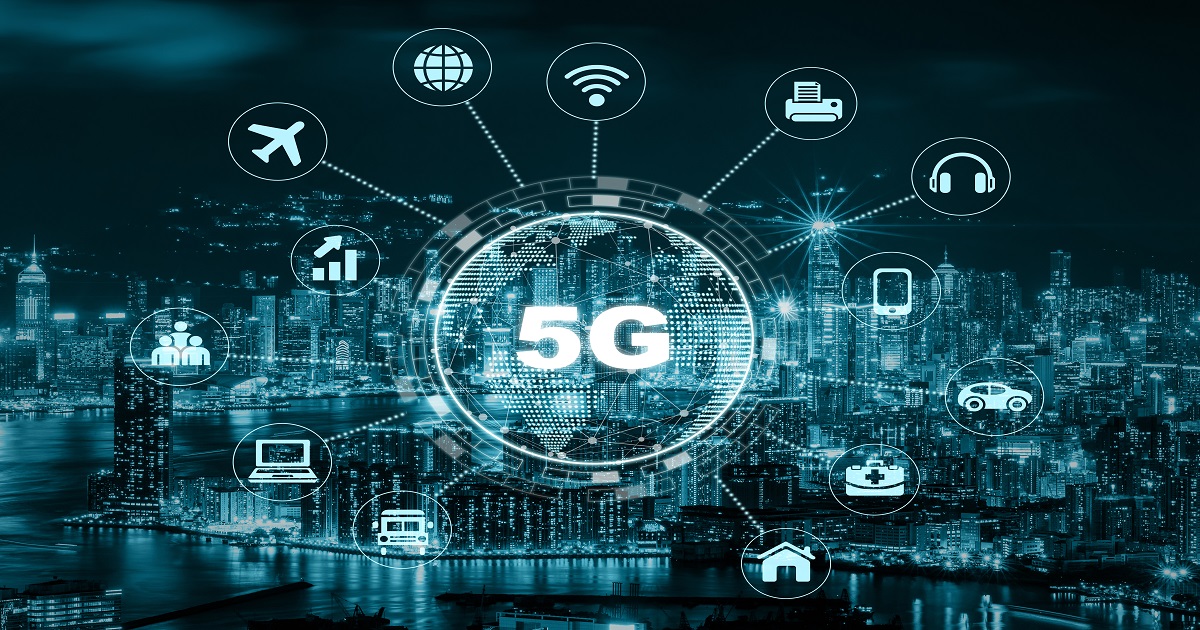.jpg)
The continued growth in the number of offices and small establishments is driving small cell 5G network deployment both indoors and outdoors. According to Ericsson, 37% of the macro traffic in dense urban settings serves indoor users, which points toward the importance of deployment of small cells to address the indoor demographic. But on the other hand, the rapid development of smart cities has meant that outdoor small cells have an important role to play in the development of the industry.
As the demand for small cell 5G networks increases, a recent Grand View Research report showed that the global small cell 5G network market size will be worth around $28.5 billion by 2027.
5G small cell networks offer high connectivity scope due to enhanced mobile broadband and massive machine type communications capabilities. Enterprises are continuously evolving in terms of operational area and their overall site size, ideal for any additional deployment of small cells.
Another point that works in favor for small cell networks is the widespread use of internet, the high volume of data consumption, and smartphone adoption. Rising mobile data traffic worldwide enables telecom operators to migrate toward network densification to provide the high-speed capacity to mass consumers. Global mobile traffic is anticipated to rise more than 175 exabytes/month by 2027, more than 50% of which will be carried by 5G networks.
In addition, the demand for fast mobile data connectivity has boosted deployment of next-generation Radio Access Networks. The installation of small cell 5G networks is increasing in enterprises, industrial and residential applications to provide enhanced coverage capacity at an affordable cost.
The demand for 5G data services for use cases such as UHD/4K video, video calling and VR/AR gaming is seeing a rise. These use cases will also help boost the market.
The healthcare industry, particularly in developed economies, started emphasizing concepts like remote diagnosis and surgeries to the patients. The pandemic also enabled countries to build more robust healthcare capabilities through investing in advanced technologies, such as 5G infrastructure, increasing demand for small cell 5G networks to help the health care industry deliver constant data connectivity during remote patient surgeries and telemedicine.
As small cell 5G networks continue to be offered by various providers, the ongoing advancements in 5G technology will continue to drive promising growth of the small cell 5G network market.
Edited by
Erik Linask





